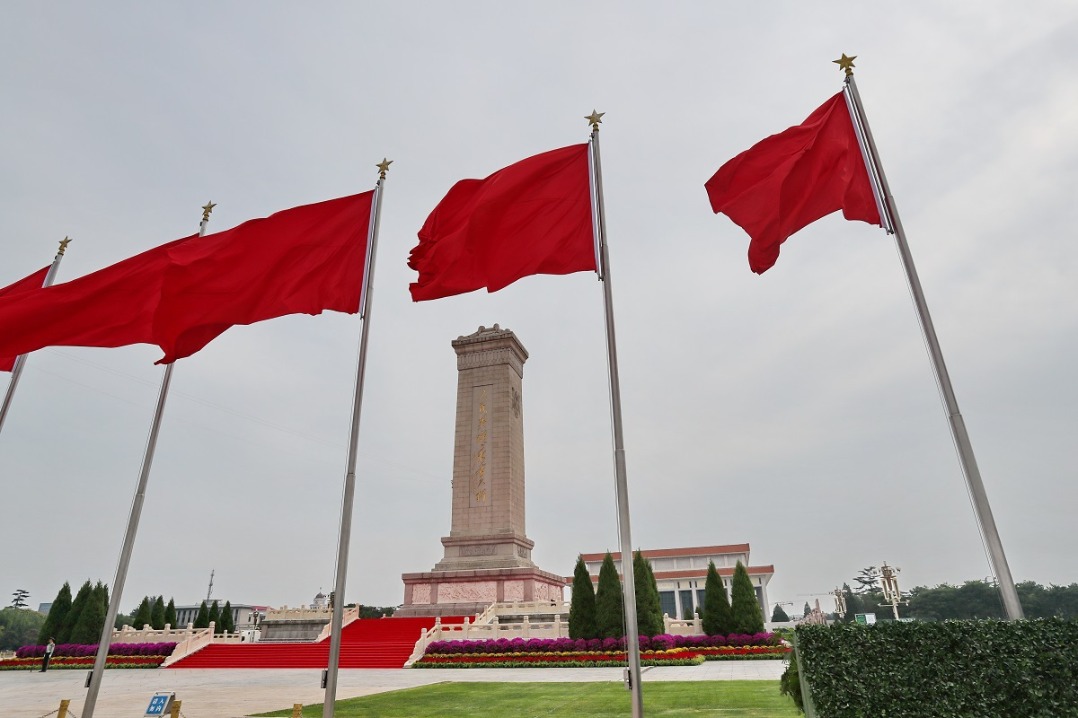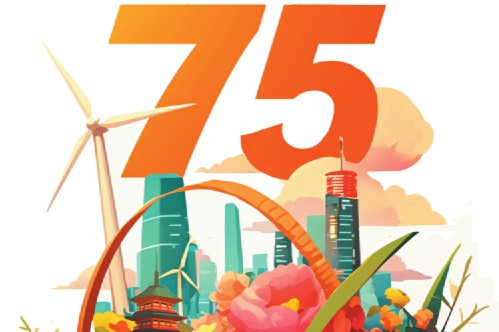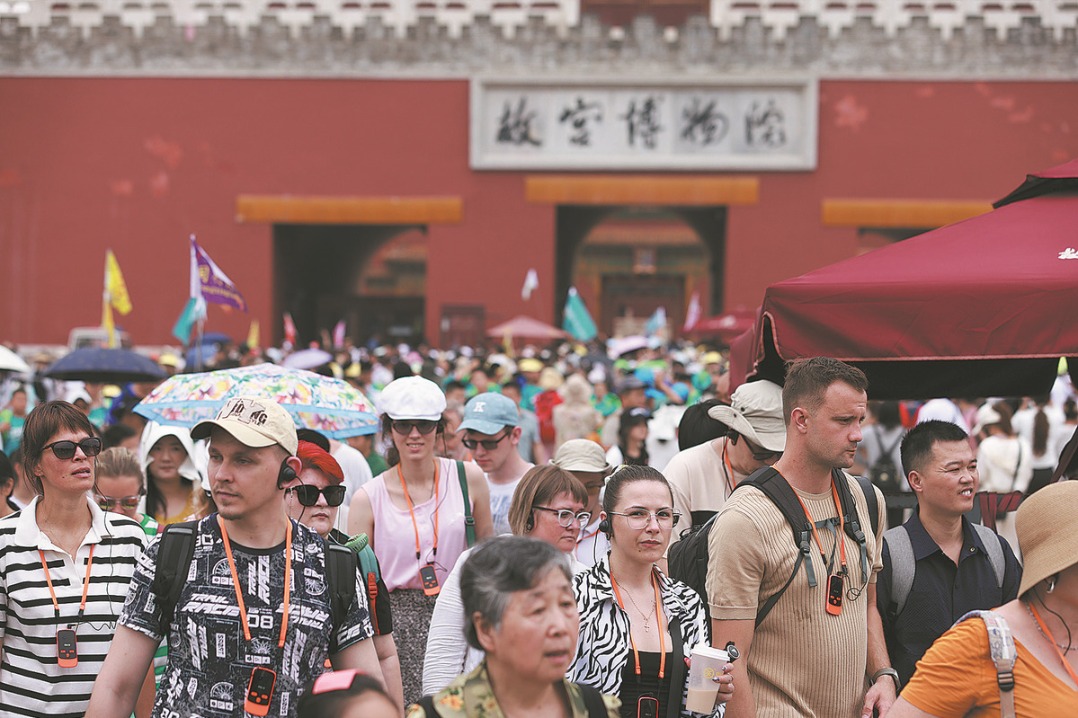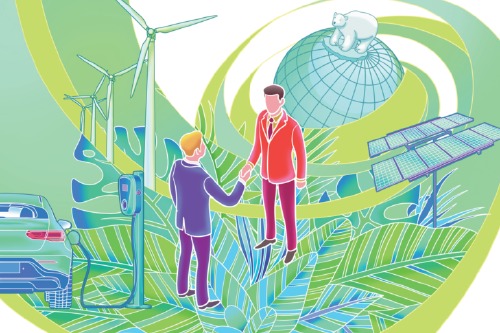Getting COVID-19 under control remains top priority for Hong Kong


Hong Kong's GDP is feeling the pinch as COVID-19 rages on, falling by 6.1 percent year-on-year. Under an exceptionally severe fourth wave of outbreaks, the unemployment rate hit a 16-year high in the fourth quarter. The rising unemployment rate is also related to the SAR government's decision not to continue the "Employment Support Scheme" (Scheme) in November last year. The decision was not a preference, but a necessity instead, as the fiscal deficit reached an alarming high while financial reserves dwindled fast.
Seeing an approximate HK$300 billion ($38.7 billion) reduction in financial reserves, some members of the Legislative Council (LegCo) and certain political groups have suggested the Financial Secretary introduce new taxes or raise existing taxes. Secretary for Labor and Welfare Law Chi-kwong announced that the government might consider increasing the public transport fare for seniors from HK$2 to HK$3 when the subsidy scheme was to be expanded in January next year to cover elderly aged between 60 to 64. The extra HK$1 per trip, according to Law, will help reduce government expenditures. Professor Richard Wong Yue-chim, Provost and Deputy Vice-Chancellor of the University of Hong Kong, suggested the government sell public housing units to its tenants, which will generate HK$5.8 trillion in fiscal revenue, equivalent to more than two years of Hong Kong's GDP or 10 years' worth of fiscal spending.
Some of the above suggestions are off the mark. In January last year, the Chief Executive accepted the proposal, put forward by many political groups, that was to expand the public transport subsidy to cover elderly aged between 60-64 years old. The decision was based on traditional respect for the elderly and the fact that the poverty rate is higher among senior citizens. According to the "Hong Kong Poverty Situation Report 2018", there was a record-high 360,000 elderly people living in poverty in 2018. The poverty rate among those aged 65 or above is 30.9 percent, which means, 3 out of 10 elders in Hong Kong are living in poverty. Unless the government, starting from next year, undertakes initiatives to significantly lower the poverty rate among the elderly, it will be cruel to reduce their public transport subsidy for the purpose of reducing government expenditures, not to mention the strong public opposition that would no doubt arise if the government takes that step.
The proposal to sell public housing units to tenants to increase revenue is appealing but unfeasible right now. As the vast majority of the tenants are low-income households with few if any disposable assets, it will be extremely difficult if not impossible for them to afford this kind of purchase amid an economic recession.
Having listened to all the suggestions, the Financial Secretary did not give his blessing to tax reform under the current politico-economic situation in Hong Kong. Indeed, it is wise not to raise any existing tax or fees because it would not add much to government revenue while putting more stress on the struggling economy.
While it is necessary for Hong Kong to reform its tax system, it should be carried out when the city has restored socio-political stability and resumed healthy economic development. The top priority for Hong Kong right now is to put the epidemic under control so that people can engage in normal economic activities again.
Sadly, the fourth wave of outbreaks, instead of falling under control in the new year, has managed to surge multiple times with small-scale outbreaks. The SAR government announced on January 15, in response to more than 40 confirmed cases of COVID-19 in the Yau Ma Tei and Jordan districts of Kowloon in the previous 14 days, a targeted nucleic acid testing of all those who visited the residential units with confirmed COVID-19 infection cases in the two weeks before January 14, in an area surrounded by Nathan Road to the east, Kansu Street to the north, Ferry Street to the west and Jordan Road to the south, called a compulsory testing zone. At the time of the announcement, residents in 20 apartment buildings were required to be tested within three days from January 16-18. Other residents in the adjacent buildings were encouraged to be tested voluntarily. However, 107 people tested positive on January 18; of them, 23 live in the "temporary compulsory testing zone", where the total number of confirmed cases jumped to 122, prompting the government to add 17 buildings to the compulsory testing list. The government established a core area in the Yau Ma Tei testing area the next day, where all 70 buildings had to be tested. Meanwhile, a compulsory testing zone was set up in Sham Shui Po.
Though anti-epidemic measures vary from country to country around the world, the successful ones all follow a common regime: immediate quarantine and contact tracing following positive test results and immediate hospitalization if necessary. In view of inadequate testing and reporting of COVID-19 in some cities or districts on the mainland, the central authorities ordered compulsory testing of all local residents in those places. For example, the city of Shijiazhuang in Hebei province recently tested 13 million people twice, and certain clusters three times in one week.
Compared with the mainland, what has been done in Yau Ma Tei so far is not universal compulsory testing, but a mixture of mandatory and voluntary testings. Also, there is no access restriction to a particular testing zone. Local experts have warned that the approach is not enough to stop the epidemic from spreading in the residential estates concerned because people are not banned from entering or leaving. In other words, there is no real lockdown anywhere, let alone the whole city. It is not a stretch to say the pandemic is present in all districts of Hong Kong now.
Today, Hong Kong finds itself between a rock (COVID-19) and a hard place (the worsening economic recession) without adequate resources or resolve to turn both around at once. The only way to end this predicament is to put the pandemic under effective control first. To do so, it should declare high-risk, medium-risk and low-risk areas in Hong Kong, Kowloon and the New Territories and apply anti-epidemic measures accordingly — universal compulsory testing in high-risk areas; compulsory testing of all residents in high-risk buildings with lockdown if necessary in medium-risk areas; and voluntary testing for residents in low-risk areas.
The author is a senior research fellow of China Everbright Holdings.
The views do not necessarily reflect those of China Daily.
































